Market Growth Projections
The Global 3D Printed Battery Market Industry is projected to experience substantial growth over the next decade. With a market value of 32.0 USD Billion in 2024, it is anticipated to expand significantly, reaching 219.9 USD Billion by 2035. This growth trajectory indicates a compound annual growth rate (CAGR) of 19.15% from 2025 to 2035. Such projections reflect the increasing adoption of 3D printed batteries across various sectors, driven by advancements in technology, rising demand for sustainable solutions, and the growing electric vehicle market. The future of the industry appears promising, with numerous opportunities for innovation and expansion.
Growing Electric Vehicle Market
The expansion of the electric vehicle market is a significant driver for the Global 3D Printed Battery Market Industry. As more consumers and manufacturers shift towards electric vehicles, the demand for advanced battery technologies increases. 3D printed batteries offer unique advantages, such as lightweight designs and customizable shapes, which are particularly beneficial for electric vehicle applications. Major automotive manufacturers are investing in 3D printing technologies to enhance battery performance and reduce production costs. This trend is likely to propel the market forward, as the electric vehicle sector continues to grow, further stimulating demand for innovative battery solutions.
Advancements in 3D Printing Technology
Technological advancements in 3D printing are significantly influencing the Global 3D Printed Battery Market Industry. Innovations in materials and printing techniques are enhancing the performance and efficiency of 3D printed batteries. For example, the development of new conductive materials allows for faster charging and higher energy densities. This progress not only improves battery performance but also reduces production costs, making 3D printed batteries more competitive against traditional battery technologies. As these advancements continue, the market is poised for substantial growth, with a projected CAGR of 19.15% from 2025 to 2035, indicating a robust future for the industry.
Rising Demand for Sustainable Energy Solutions
The Global 3D Printed Battery Market Industry is experiencing a surge in demand for sustainable energy solutions. As governments and organizations worldwide prioritize renewable energy sources, the need for efficient energy storage systems becomes paramount. 3D printed batteries, with their potential for reduced waste and lower carbon footprints, align well with these sustainability goals. For instance, the European Union has set ambitious targets for reducing greenhouse gas emissions, which could drive investments in innovative battery technologies. This trend is expected to contribute to the market's growth, with projections indicating a market value of 32.0 USD Billion in 2024.
Customization and Flexibility in Battery Design
Customization and flexibility in battery design are pivotal factors driving the Global 3D Printed Battery Market Industry. The ability to tailor battery shapes and sizes to specific applications allows for greater efficiency and performance. Industries such as consumer electronics, aerospace, and healthcare are increasingly seeking customized battery solutions to meet their unique requirements. 3D printing technology facilitates rapid prototyping and production of bespoke batteries, which can lead to improved product performance and reduced time-to-market. This adaptability is expected to attract more industries to adopt 3D printed batteries, thereby contributing to the overall growth of the market.
Increased Investment in Research and Development
Investment in research and development is a critical driver for the Global 3D Printed Battery Market Industry. Governments and private sectors are allocating substantial funds to explore innovative battery technologies, which is essential for enhancing battery performance and sustainability. For instance, initiatives in the United States aim to foster collaboration between academia and industry to accelerate the development of advanced battery technologies. This influx of funding not only supports the creation of more efficient 3D printed batteries but also encourages the commercialization of these technologies. As a result, the market is expected to grow significantly, potentially reaching 219.9 USD Billion by 2035.


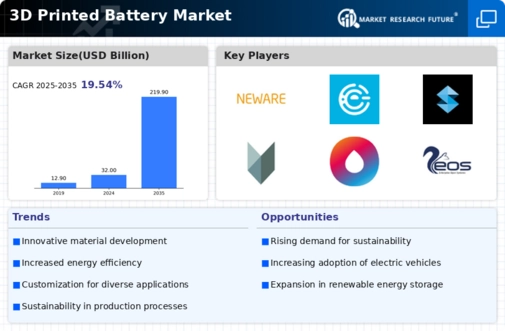
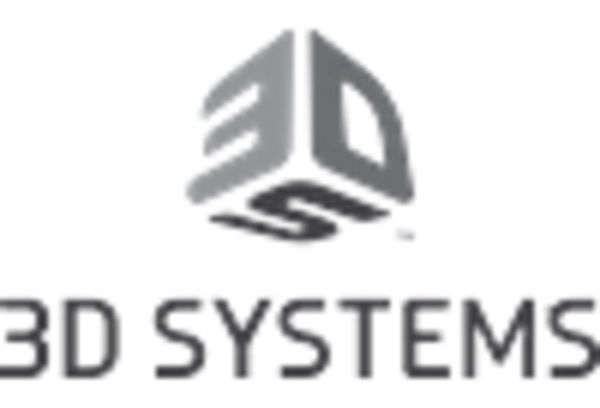
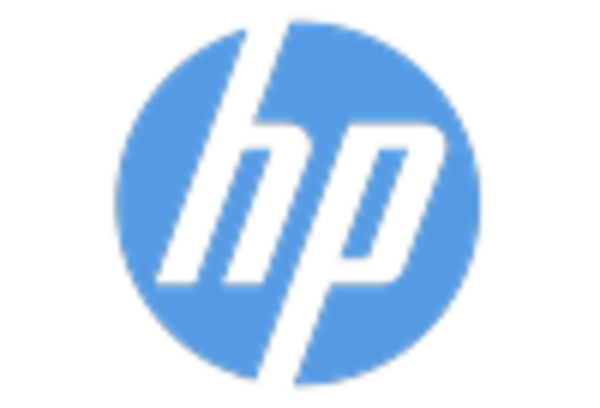
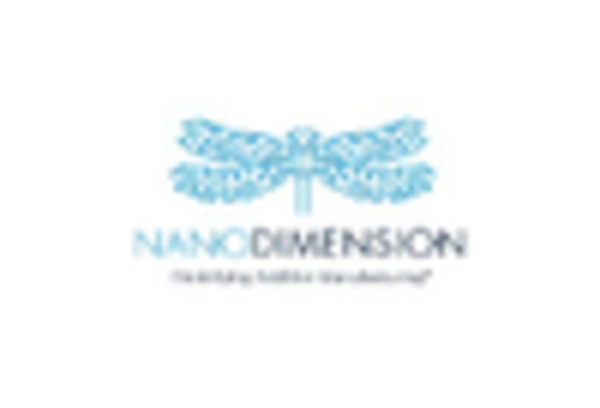
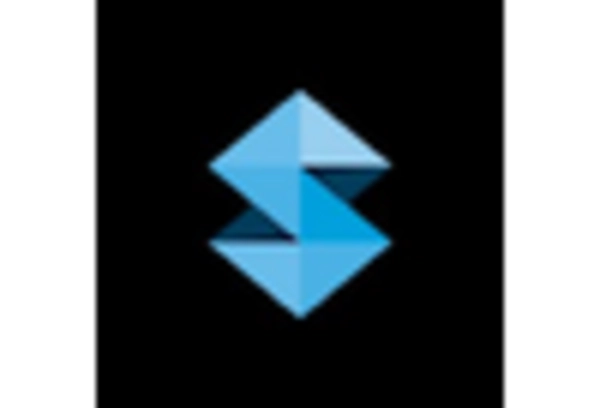
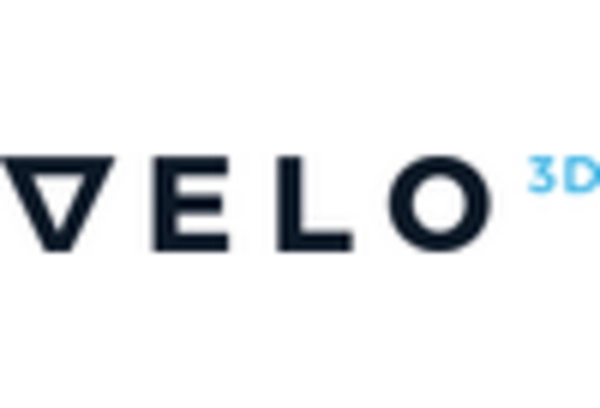









Leave a Comment